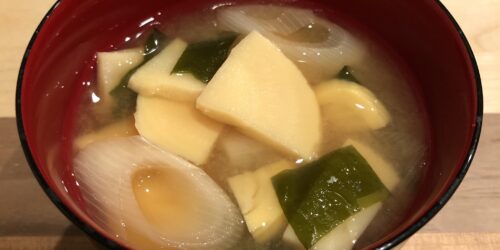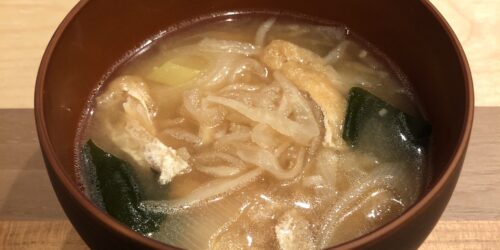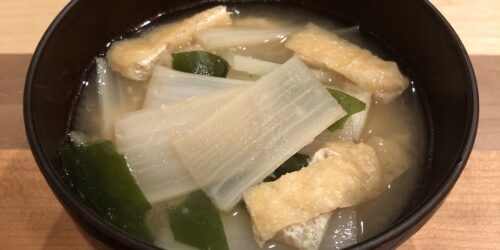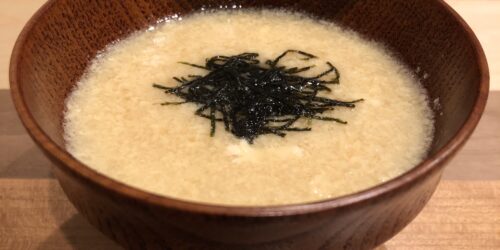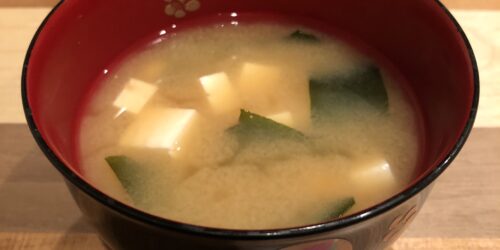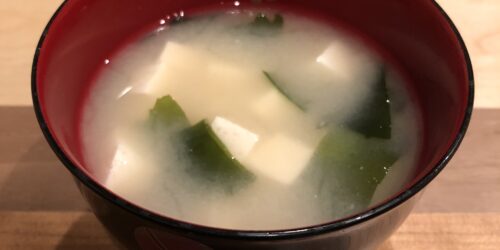What Is Nori (Seaweed Laver) and How Is It Used?
What Is Nori (Seaweed Laver)?
Nori is a general term for edible algae.
It has been eaten as an ingredient for sushi and side dish for the white rice in Japan since the Edo period.
Although there is some nori product using raw nori in rare cases, people usually eat the processed nori.
By the way, the word “seaweed” covers a lot of types of Japanese foods as followings:
・Aonori (Green Laver)
・Hijiki
・Kombu (Kelp)
・Mozuku
・Nori (Laver)
・Wakame
How Is Nori (Seaweed Laver) Made?
People in Japan consume a lot of nori compared to other countries in the world. But there is limit to get the natural products. So, most of the nori consumed in Japan are farm-raised nori.
The method for cultivating nori is slightly different depending on the region. I would like to introduce the typical steps for it here:
1. Plant and grow nori seeds in the oyster shell in a water tank.
2. In autumn, when nor begins to sporulate, attach the spores to the net.
3. Grow nori net that has been seeded in the sea.
4. Harvest when the nori buds grow 6 to 8 inches.
5. Wash well, and shape the nori into a square shape.
6. Dry the finished nori to remove moisture using the drying machine.
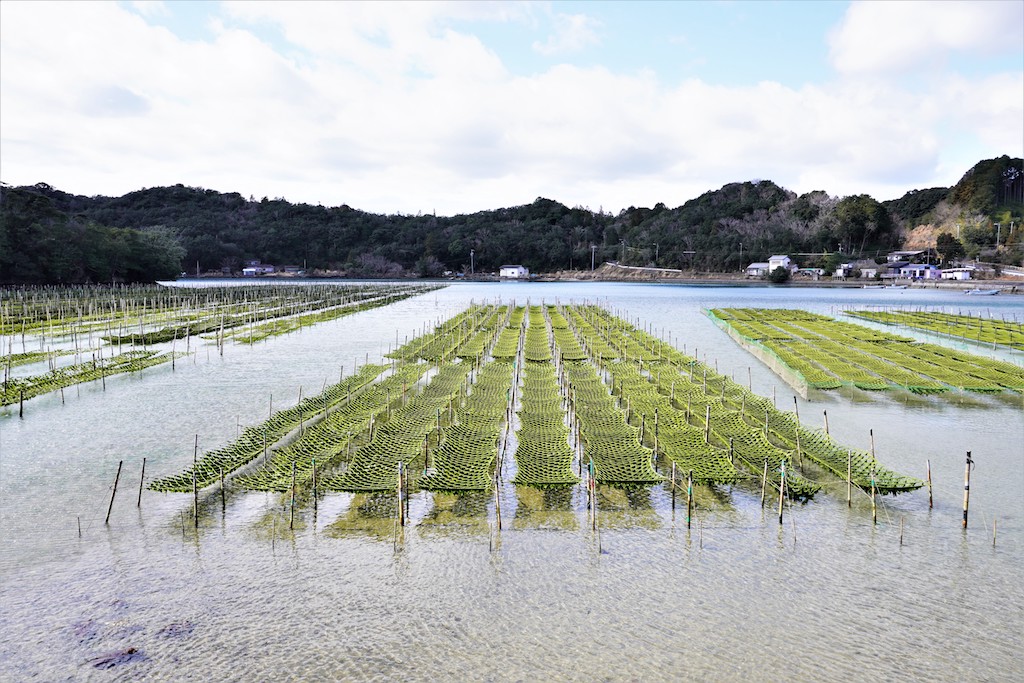
What Does Nori (Seaweed Laver) Taste Like?
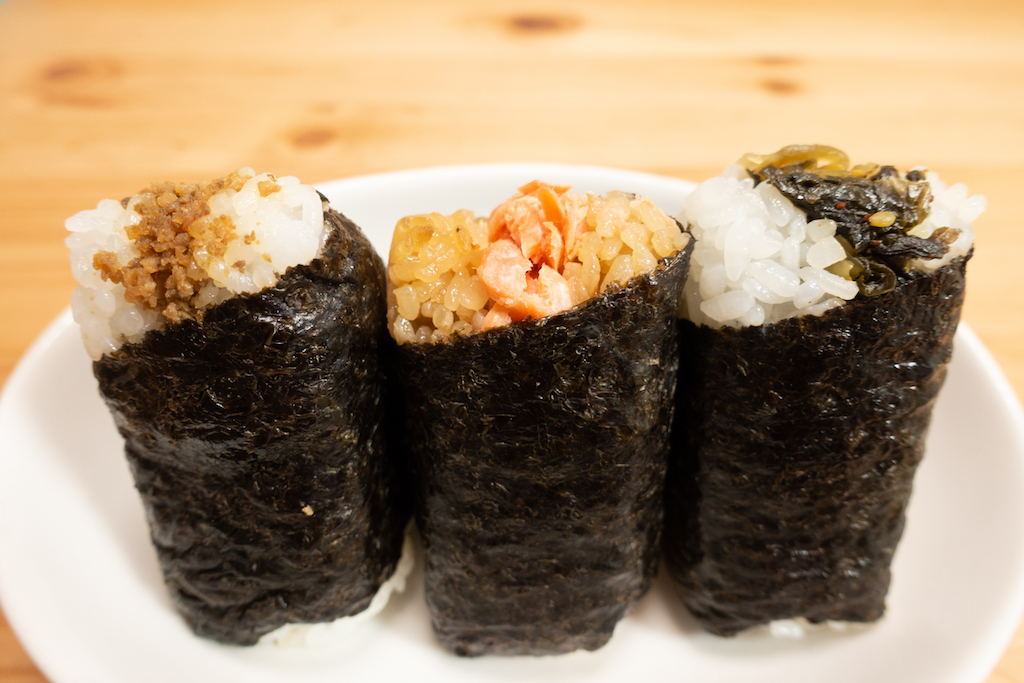
Nori has a unique flavor of seaweed, but it’s not too strong. It can ddd great flavor to the extent that it does not interfere with other ingredients.
It matches so well with Japanese white rice, so nori is often used for covering rice balls (onigiri) and sushi rolls.
Unlike other type of seaweed, nori is very thin sheet in shape, and has crispy texture (when you eat it as it is). It melts in your mouth quickly.
What’s the Different Types of Nori and How Is Nori Used?
Nori Sheet
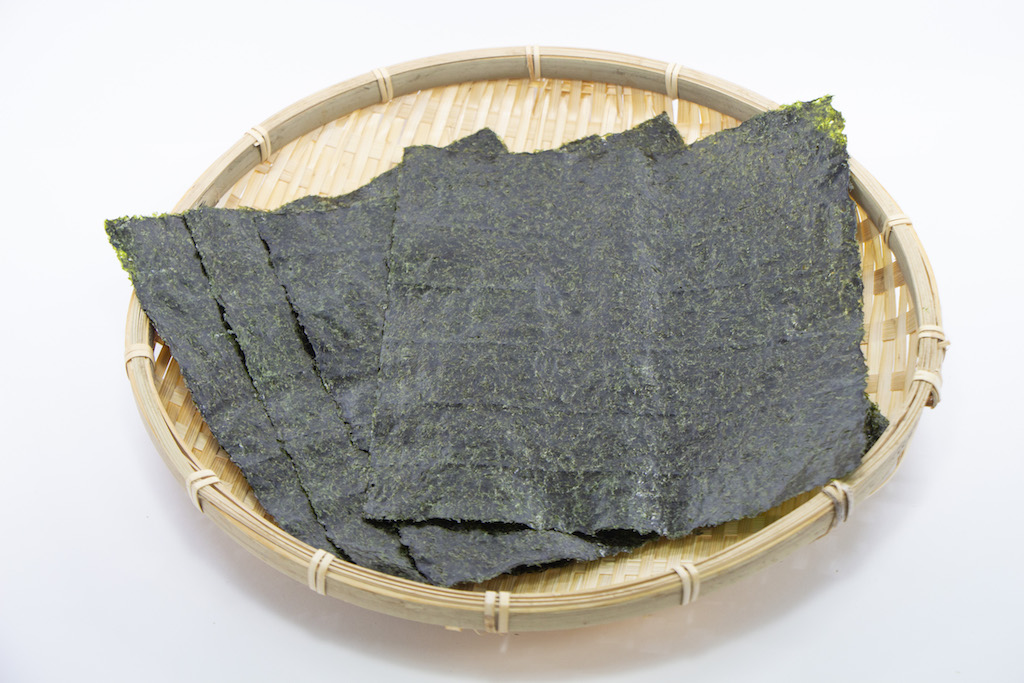
This is the most typical shape of nori, and used for making sushi rolls as it is.
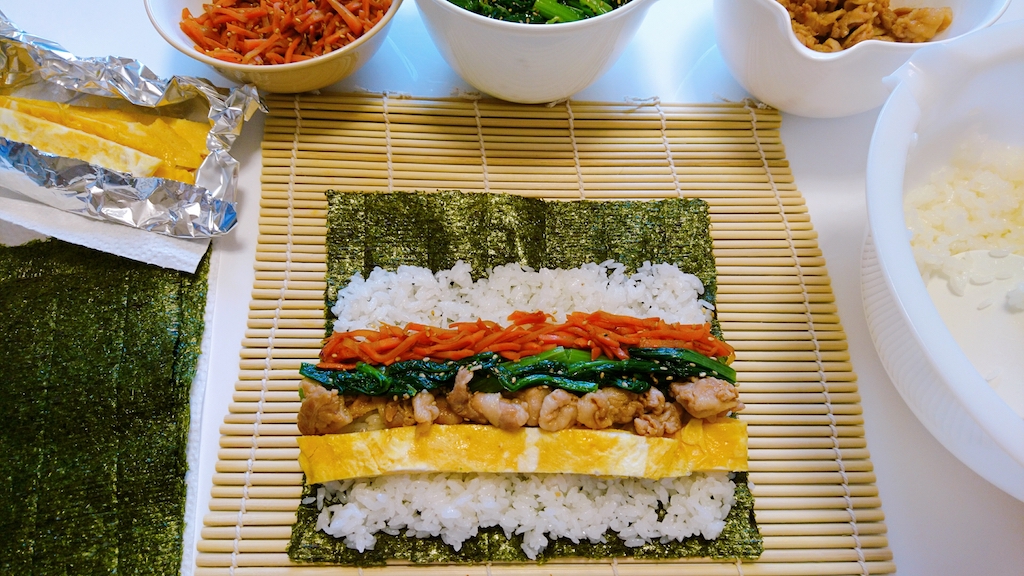
When it’s used for making rice balls the nori sheet is cut into 1/3 size.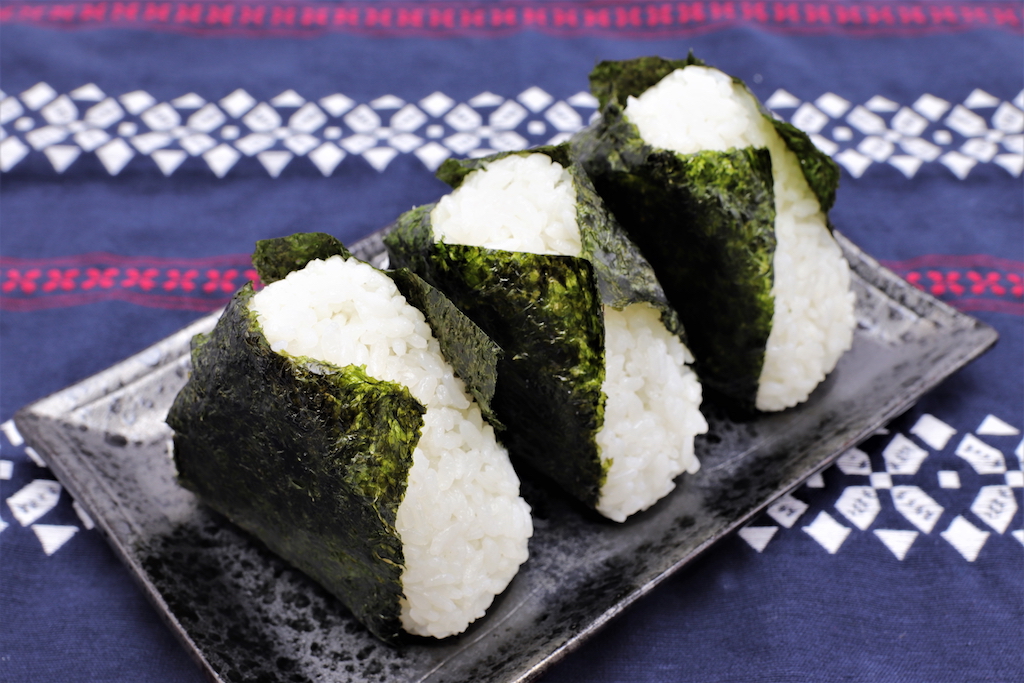
If you cut this into 1/8 size, it will be okazu nori (nori as a side dish). That is one of the traditional breakfast side dish in Japan. A typical Japanese breakfast plate served in a Japanese-style hotel often include this okazu nori.
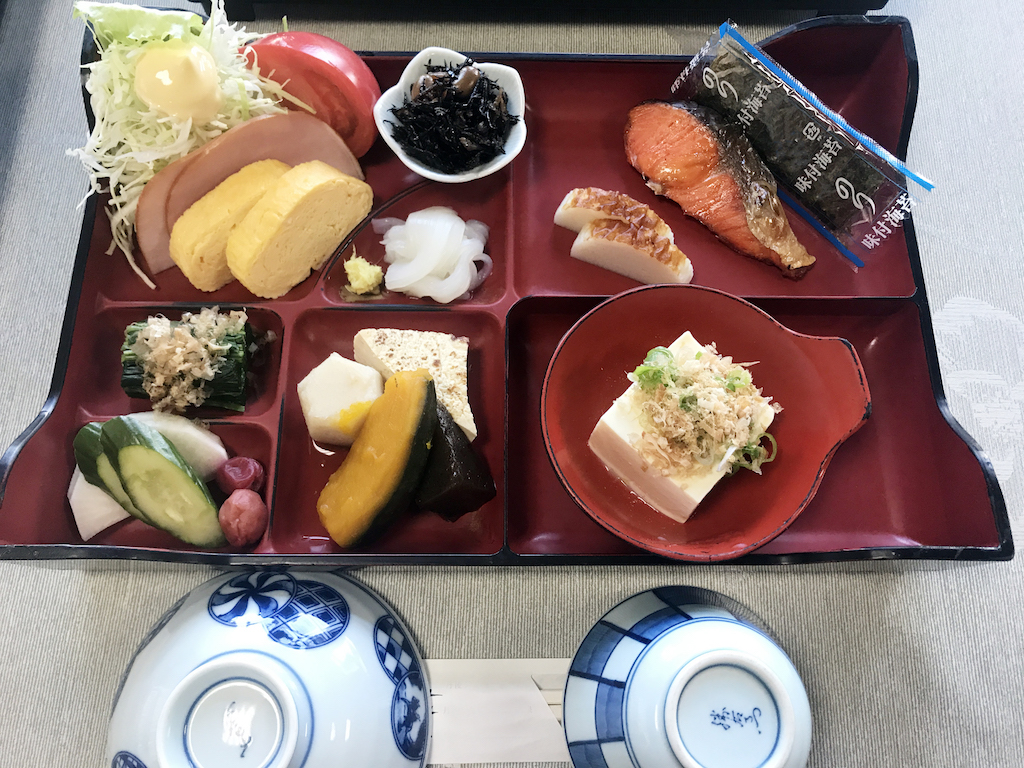
Shredded Nori
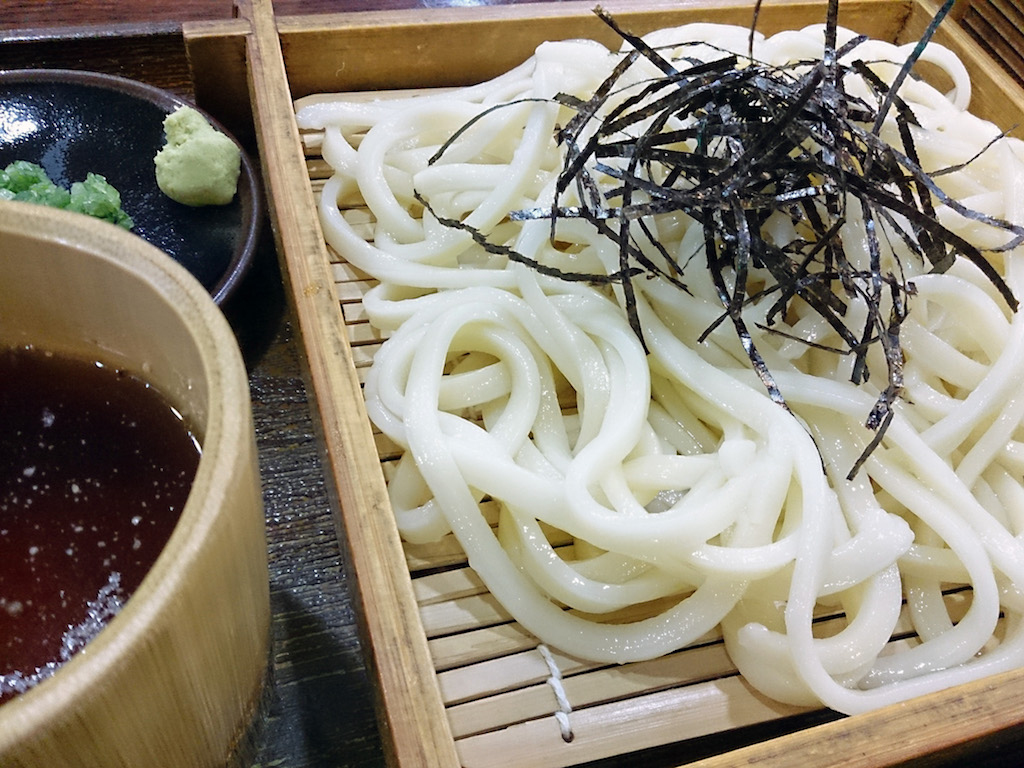
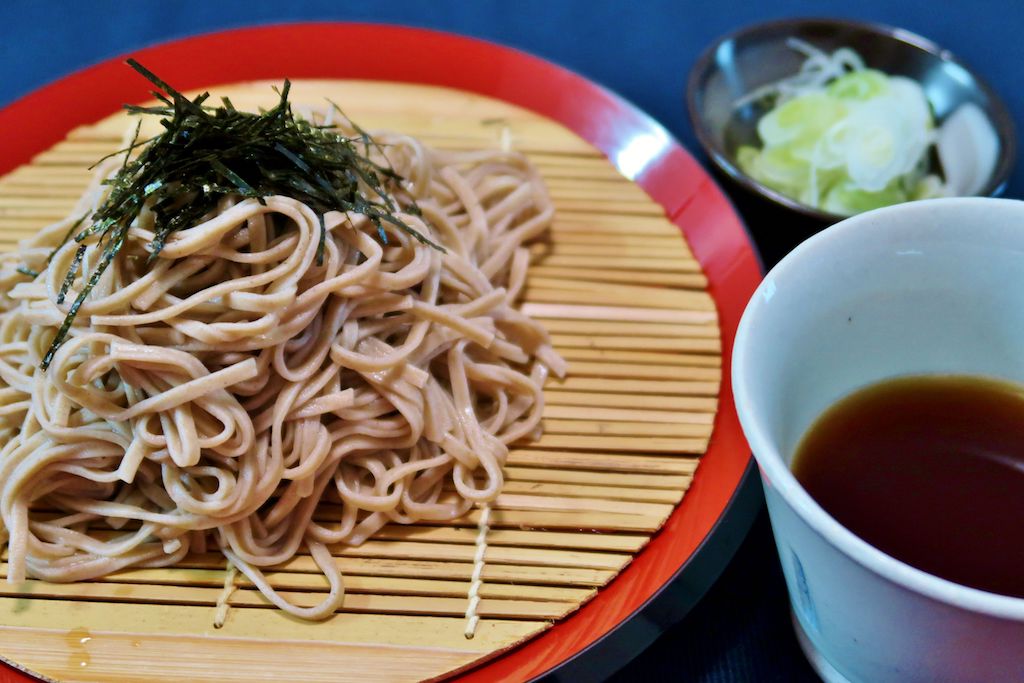
When you use nori as a topping, it’s better to buy shredded nori. Japanese noodle dishes often served with this shredded nori on top. For example, cold udon noodles and cold soba noodles.
I like to sprinkle shredded nori on top of Japanese-style pasta too!
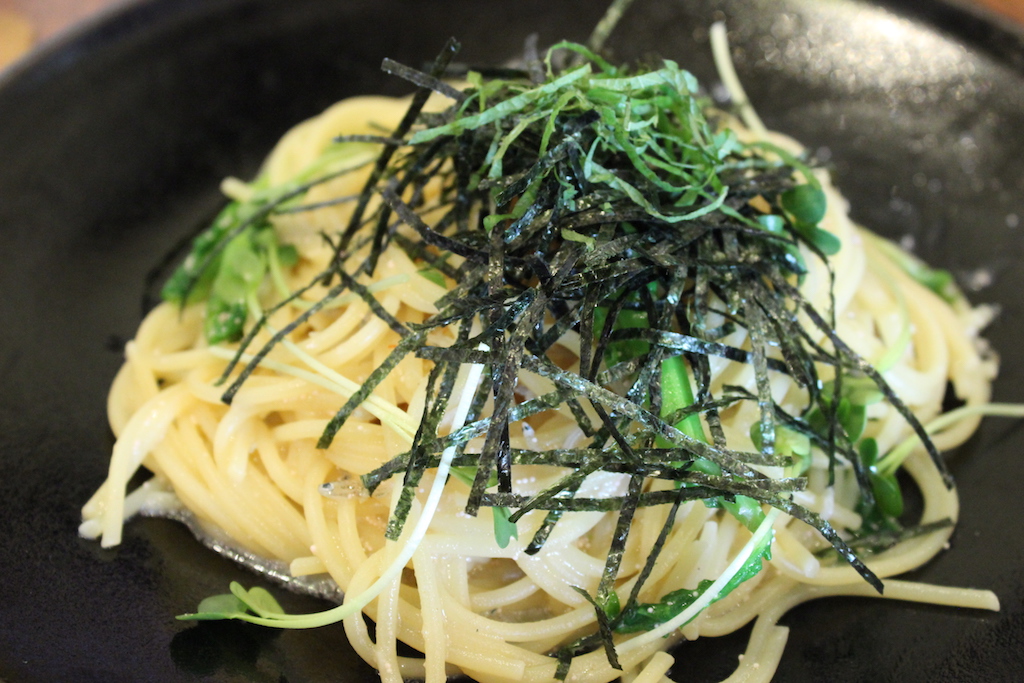
Seasoned Nori
It’s made by seasoning nori sheet with various flavor. The appearance of seasoned nori are totally same as the normal nori without the flavor, but the taste is improved dramatically. Okazu nori (nori as a side dish) that I mentioned above is also seasoned in some cases.

The taste of seasoned nori depends on the manufacturers by the way.
The standard flavor is probably salty-sweet taste, and it’s amazingly perfect match with white rice.
Nori-no-Tsukudani (Nori Boiled Down in Soy Sauce)
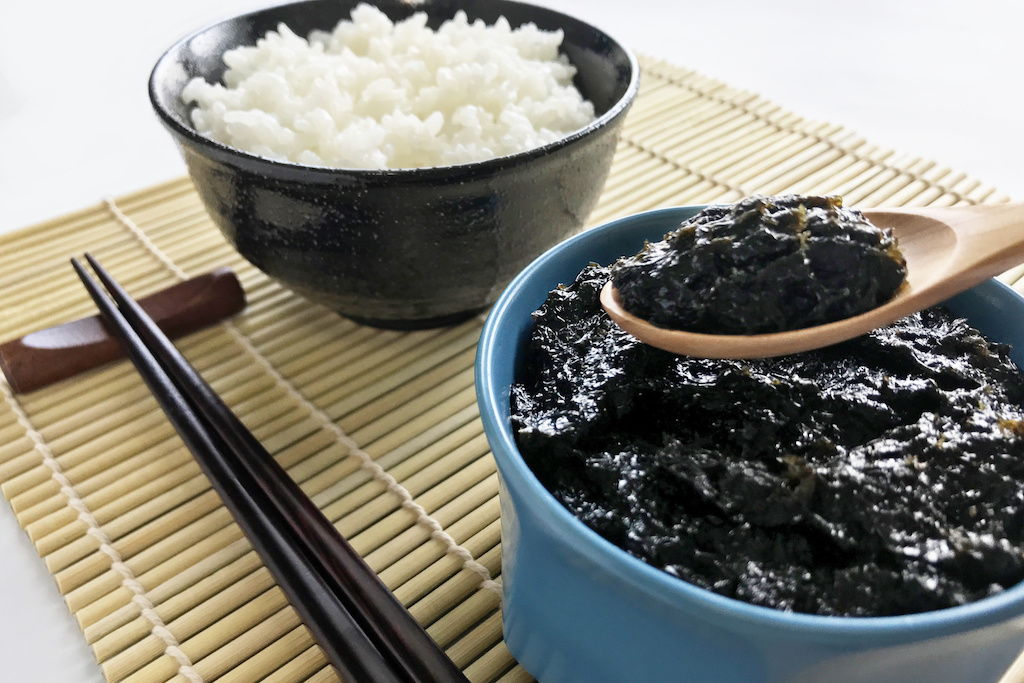
This is the representative processed food of nori. It’s made by boiling down nori with soy sauce, sugar, mirin, dashi, and water. It’s traditionally loved by Japanese people as a side dish for white rice.
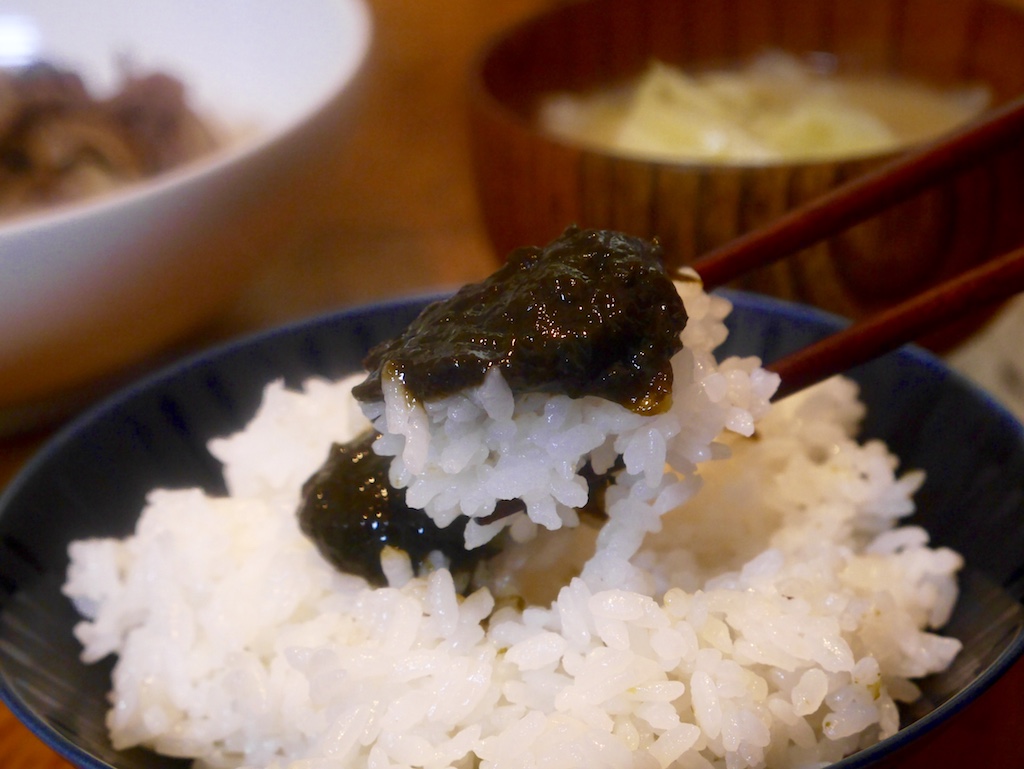
Nutrition of Nori (Seaweed Laver)
Below you will find the nutrition information for a 3.5 oz (100g) of grilled nori:
・Calories: 188kcal
・Water: 2.3g
・Total Carbohydrates: 44.3g
└Dietary Fiber: 36g
・Total Fat: 3.7g
・Protein: 41.4g
・Minerals
└Sodium: 530mg
└Potassium: 2400mg
└Calcium: 280mg
└Magnesium: 300mg
└Phosphorus: 700mg
└Iron: 11.4mg
└Zinc: 3.6mg
・Vitamins
└Niacin: 11.7mg
└Vitamin C: 210mg
└Vitamin E: 4.6mg
└Vitamin B1: 0.69mg
└Vitamin B2: 2.33mg
└Beta-carotene: 25mg
What Are the Benefits of Eating Nori (Seaweed Laver)?
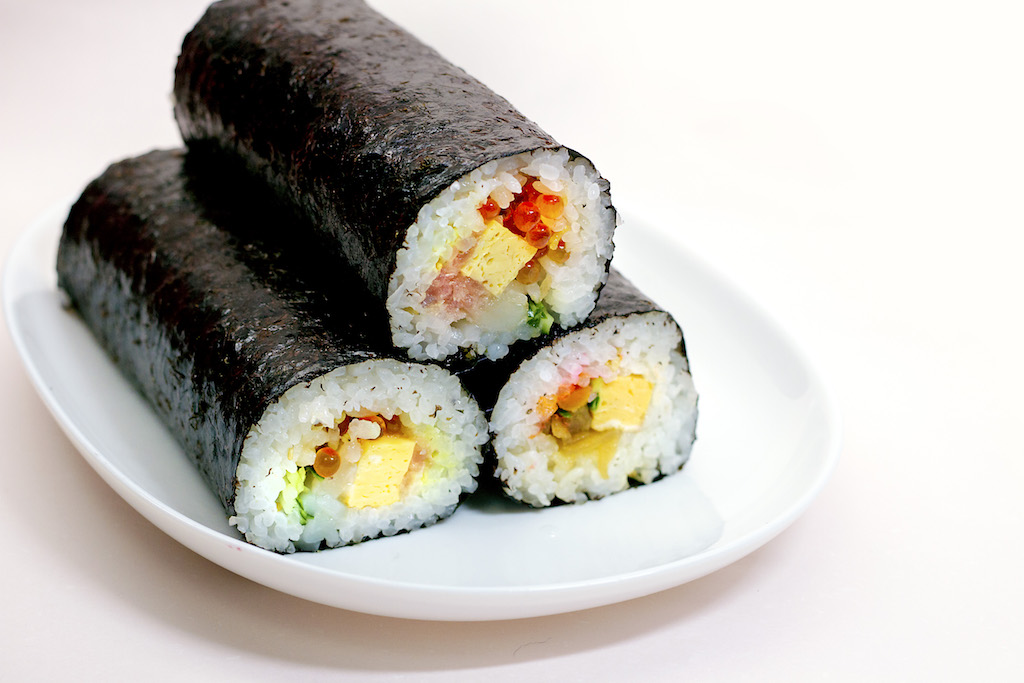
Nori contains abundant nutrients just like other seaweed in Japan. For example, abundant protein, dietary fiber, various vitamins, calcium, and so on.
40% of nori are actually protein, and surprisingly this is higher content than soybeans. Additionally, it’s made of good quality amino acids that contain all the essential amino acids.
Also, the abundant dietary fiber contained in nori could suppress cholesterol absorption, and prevent a rapid rise in postprandial blood glucose.
What Can I Use Instead of Nori (Seaweed Laver)?
10 Best Nori (Seaweed Laver) Substitutes

